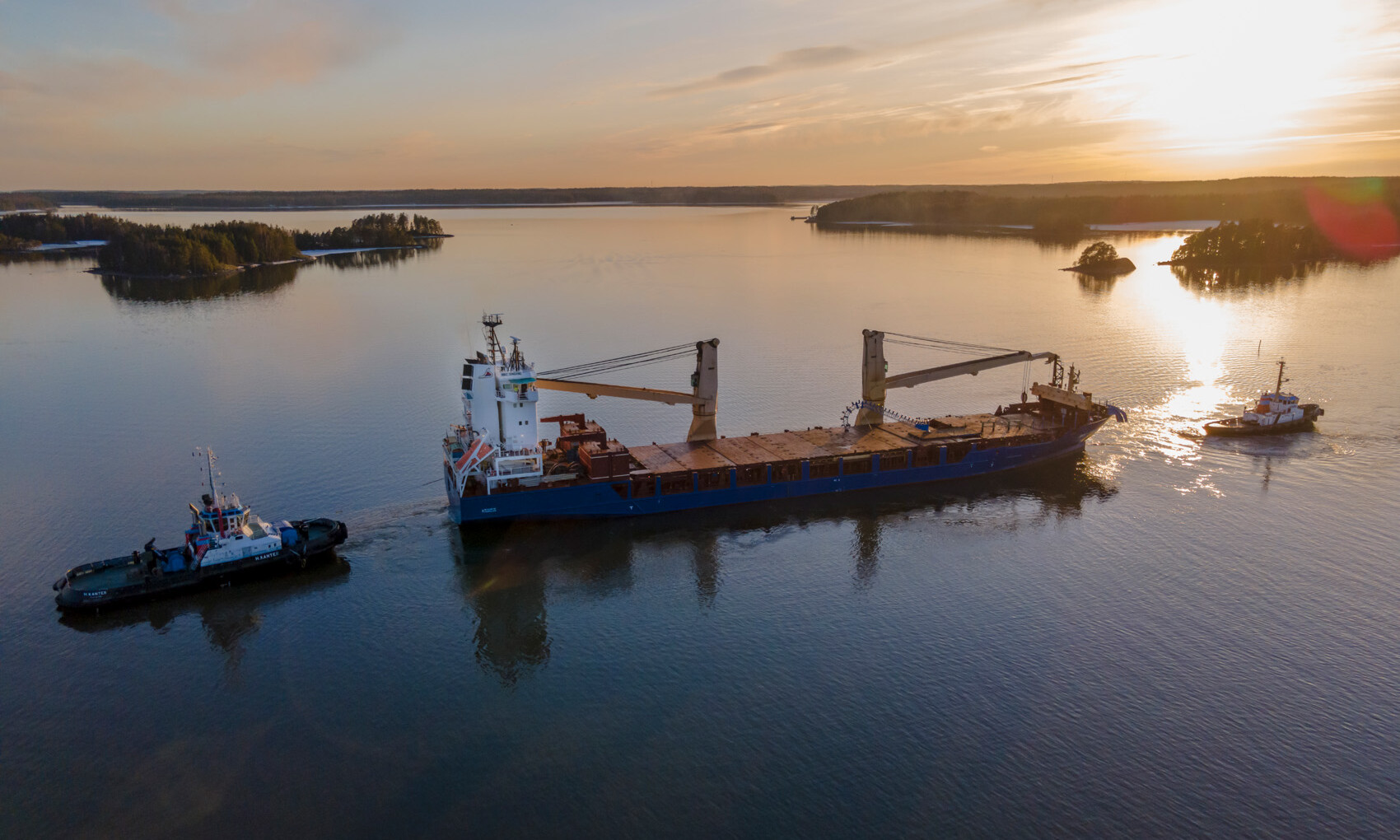The EU-ETS is a system that creates financial incentives for companies to continuously reduce their GHG emissions. Emissions are priced and only those who avoid them can save emission costs. However instead of charging GHG fees, a cap-and-trade system has been implemented using proven market mechanisms. Emission rights are needed to legally emit greenhouse gases (GHG).
These emission rights are referred to as EU Allowance (EUA). One EUA entitles for the emission of one metric ton GHG. These EUAs are to be procured on the free market (exchanges, auctions and over-the-counter). The EU controls the issuance of EUAs through a targeted cap to keep the EUA price at a level that makes it worthwhile to reduce GHG emissions on the one hand and sell unused EUAs on the other hand. Unlike other industries ashore, which receive an annual free allocation of EUAs, ship operators must buy all EUAs they need.
Read more about the EU-ETS below and in our info brochure, or get in touch with us:
BBC Chartering GmbH & Co. KG
Hafenstraße 12
26789 Leer
Germany
Phone +49 491 925 20 90
hseq@bbc-chartering.com

